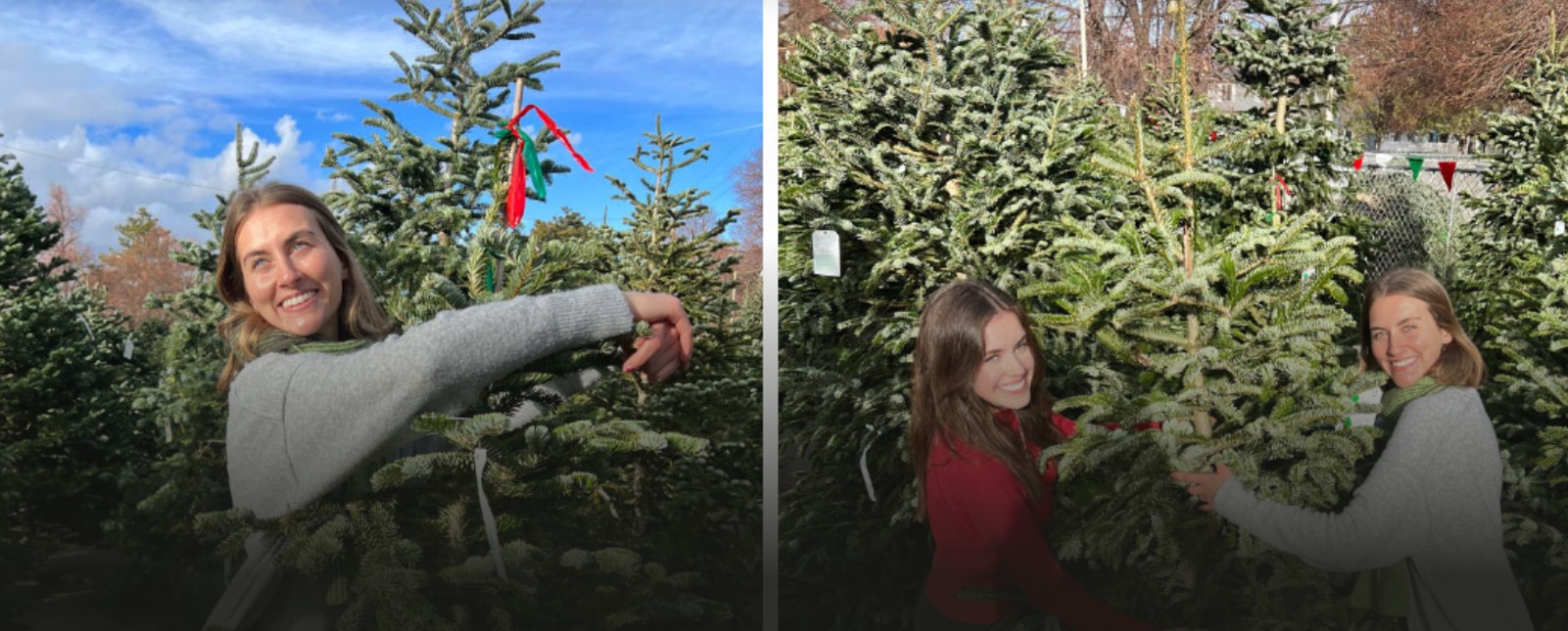Small choices can make a big impact this holiday season, starting with your Christmas tree! As Douglas firs and white pines appeared in lots around Salt Lake City, Natalie Vickers, a junior pre-occupational therapy major and video intern at the School of Biological Sciences, got curious—how does the tree-trimming tradition fit into a changing climate? Vickers spoke with Tegan Lengyel, a doctoral student in Dr. William Anderegg’s lab, who explores how forests are responding to drought, wildfire, and other stressors caused by climate change. Watch the video or read below for their discussion of what Christmas tree will be best for you and the environment.
What are the different options for Christmas trees and their impacts?
Lengyel stressed that plastic trees leave a permanent footprint on our planet, whereas real trees provide benefits both during and after the life of the tree. While it might seem like a reusable plastic tree would be better for the environment than a live one that needs to be cut down every year, this is not the case.
“Plastic trees produce roughly 10 times the amount of carbon in their life than a real tree,” Lengyel said. “This can equate to roughly 2 billion pounds of carbon for plastic trees, in comparison to 200 million pounds for real trees, based on the average sales each year.”
The production of plastic Christmas trees not only produces large amounts of carbon dioxide but also uses chemicals that are harmful to human and environmental health. When people dispose of their Tanenbaum, the trees take a long time to degrade and break down into microplastics that are bad for the environment. A better option is that of a real Christmas tree.
Read more: attheu.utah.edu
Photo: attheu.utah.edu


Leave a Reply